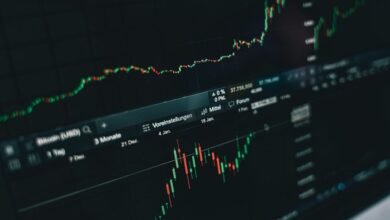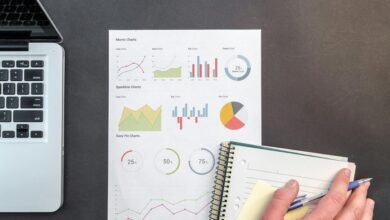Building Long-Term Financial Sustainability 3489083788

Building long-term financial sustainability requires a multifaceted approach that goes beyond short-term fixes. Organizations must prioritize financial literacy among their leaders and employees. This empowers them to make informed decisions that align with overarching goals. Additionally, diversifying revenue streams can mitigate risks and enhance stability. However, the challenge lies in effectively managing these complexities while ensuring resources are directed toward initiatives that promise long-term value. What strategies will prove most effective in navigating this intricate landscape?
Understanding Financial Sustainability
How can organizations effectively navigate the complexities of financial sustainability?
Achieving this requires a robust foundation of financial literacy, enabling leaders to make informed decisions.
Strategic resource allocation becomes paramount, ensuring that funds are directed toward projects that yield long-term value.
Key Strategies for Long-Term Success
While financial literacy lays the groundwork for sustainable growth, organizations must implement key strategies that ensure long-term success.
Investment diversification is crucial, enabling businesses to mitigate risks while optimizing returns.
Additionally, innovative revenue generation methods encourage flexibility and adaptability in dynamic markets.
Risk Management and Financial Resilience
Effective risk management is essential for organizations seeking to build financial resilience, as it enables them to anticipate, assess, and mitigate potential threats to their stability.
Implementing robust risk assessment processes and proactive crisis planning allows organizations to navigate uncertainties with agility.
Measuring and Evaluating Financial Health
What metrics truly reflect an organization’s financial health? Key indicators include cash flow and financial ratios, which provide insight into liquidity, profitability, and operational efficiency.
A consistent positive cash flow signals sustainability, while robust financial ratios, such as the current ratio and debt-to-equity ratio, offer a strategic perspective on risk management.
Together, these metrics empower organizations to make informed financial decisions and pursue long-term freedom.
Conclusion
In conclusion, building long-term financial sustainability is akin to nurturing a resilient garden; it requires careful planning, ongoing investment, and adaptability to changing environments. By fostering financial literacy, diversifying revenue streams, and implementing effective risk management, organizations can create a robust foundation for enduring success. As they cultivate a culture of financial awareness, they position themselves not just to survive market fluctuations but to thrive, ensuring stability and growth for years to come.




